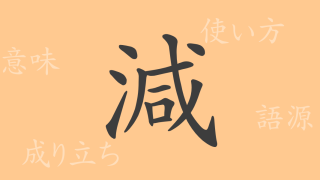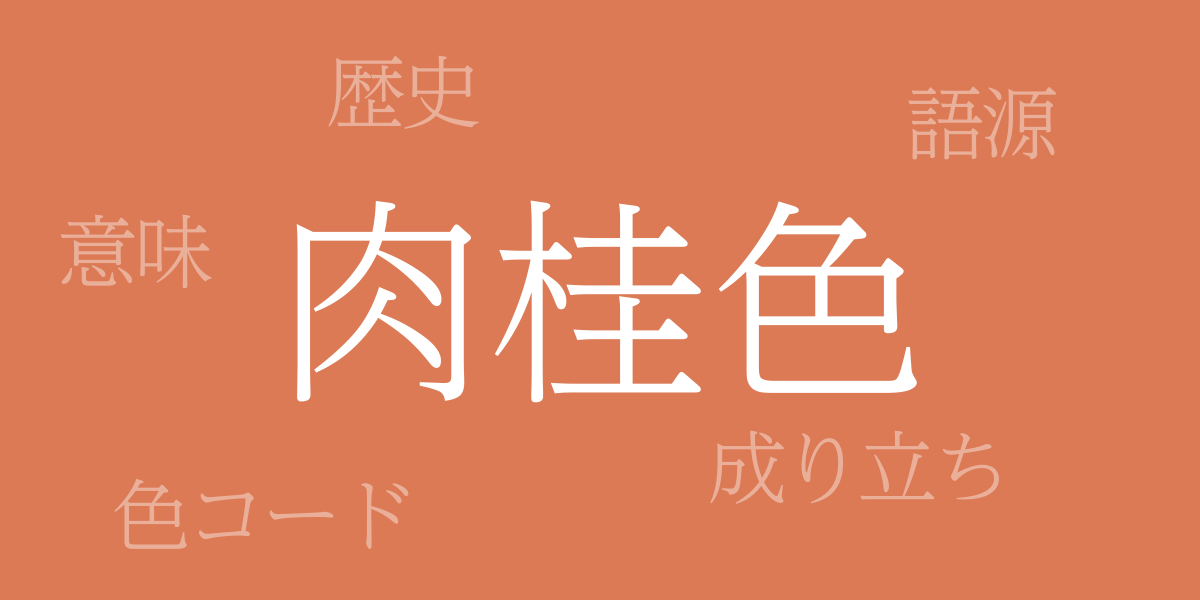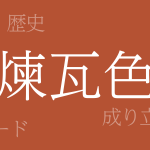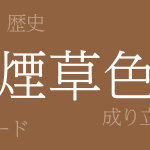Color serves as a mirror reflecting emotions and culture. One such traditional Japanese color, “Cinnamon Color (肉桂色 – にっけいいろ),” has captivated many with its unique hue. This article delves into the deep allure of Cinnamon Color, exploring its history, color codes, and its international name. Join us on a journey into the world of colors that breathes life into Japanese traditions.
About Cinnamon Color (肉桂色 – にっけいいろ)
Cinnamon Color is a warm, reddish-brown hue named after the color of the bark of the cinnamon spice. Inspired by Japan’s nature, trees, and culinary culture, this color has been commonly used in traditional artworks, including kimonos and Japanese paintings.
The History of Cinnamon Color
Cinnamon Color is one of the old color names used since the Heian period. It was favored in the aristocratic society and employed in clothing and architecture. As time passed, the color spread among the common folk and became a staple in traditional Japanese crafts and everyday clothing. Cinnamon Color has been cherished in the lives of the Japanese people for a long time.
Cinnamon Color Codes
Accurate color reproduction on digital designs and websites requires precise color codes. Below are the color codes for Cinnamon Color:
- HEX: #DD7A56
- RGB: R:221 G:122 B:86
- CMYK: C:16 M:64 Y:65 K:0
International Name for Cinnamon Color
The international name for Cinnamon Color is ‘Cinnamon.’ Known not only for its aromatic spice, Cinnamon is also used as a color name, which has helped it gain recognition globally.
Summary on Cinnamon Color
Cinnamon Color, with its warmth and tranquility, is one of the colors that symbolize Japanese tradition and culture. Loved through history, it remains valuable in modern fashion, design, and art. Through this color, one can appreciate the beauty of Japanese traditions. Cinnamon Color is an excellent example of how Japan’s rich palette of colors is communicated to the world.

























